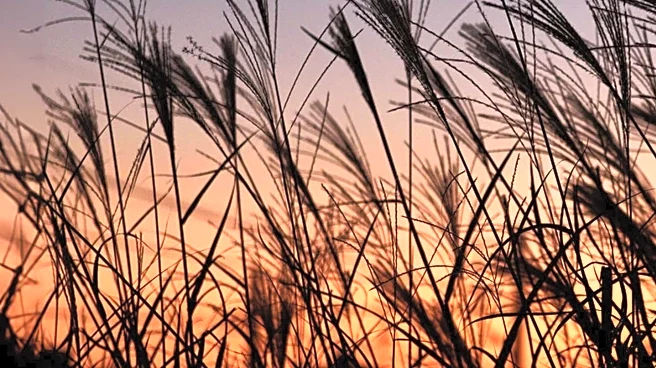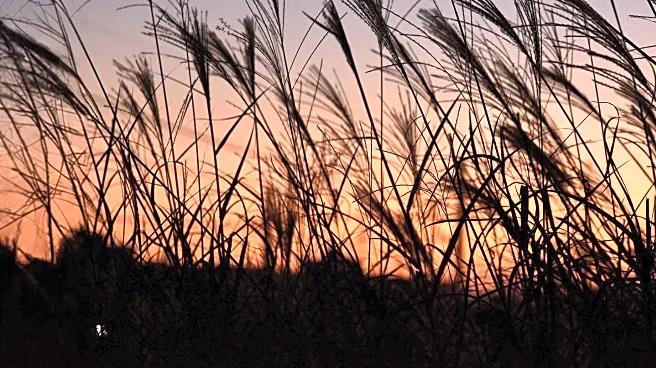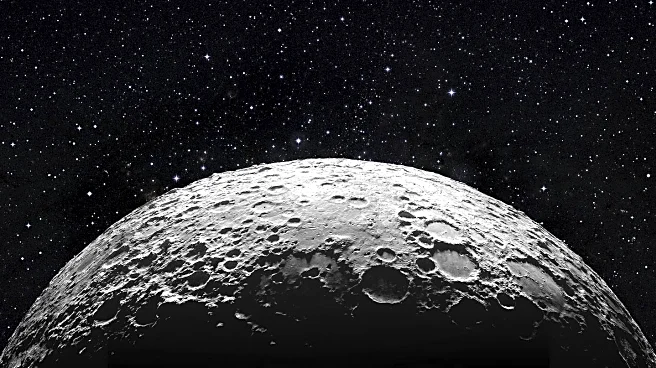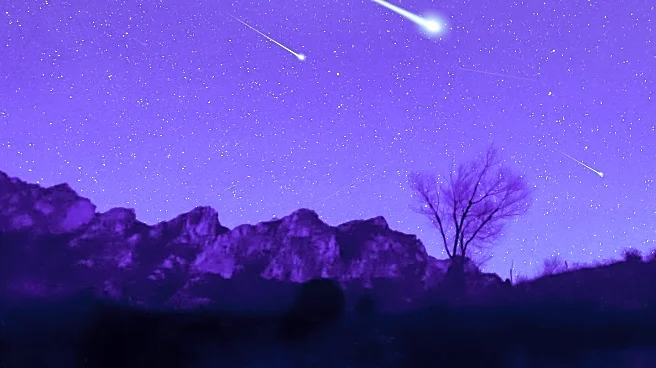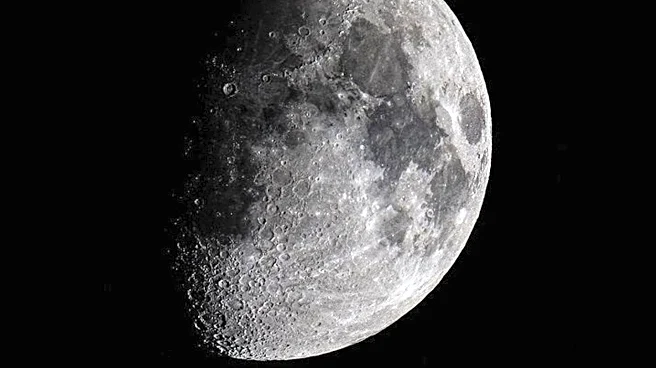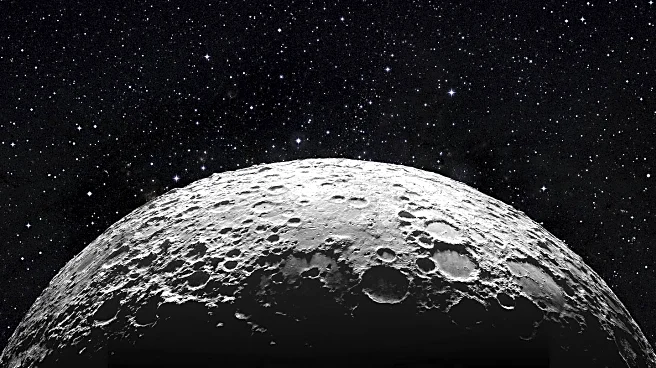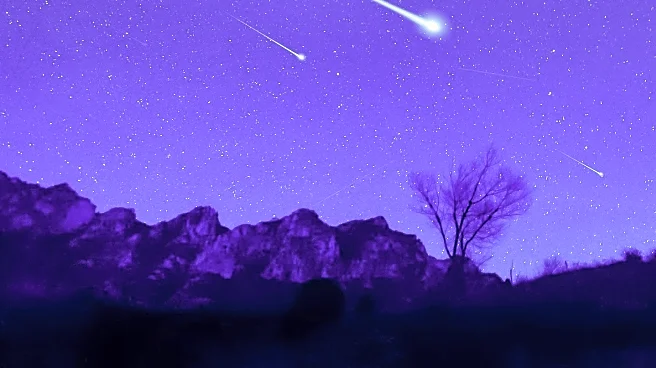Rapid Read • 8 min read
The September full moon, traditionally known as the corn moon, is set to reach peak illumination on Sunday, September 7, at 2:09 p.m. ET. This name originates from Native American traditions, as the full moon coincides with the corn harvesting season in the northern United States. The moon is currently in its waxing crescent phase at 5% illumination as of August 25. The lunar cycle leading up to the September full moon includes the first quarter on August 31, the full moon on September 7, the last quarter on September 14, and the new moon on September 21. This year, there are four full moons remaining, three of which will be supermoons.
AD
The corn moon holds cultural significance, marking a period of harvest and transition from summer to fall. For astronomers and sky watchers, the corn moon offers a chance to observe celestial phenomena, including potential supermoons. Supermoons appear larger and brighter due to their closer proximity to Earth. This event provides an opportunity for educational outreach and public engagement in astronomy, fostering interest in natural cycles and celestial events. Additionally, the corn moon serves as a reminder of the interconnectedness of natural cycles and cultural traditions.
Following the corn moon, the October full moon, known as the hunter's moon, will peak on October 6. This transition marks the progression into autumn, with each full moon offering unique viewing opportunities and cultural significance. As the year progresses, sky watchers can anticipate more supermoons, enhancing the visibility and interest in lunar observations. The continuation of these celestial events may inspire further exploration and appreciation of astronomy.
The naming of the corn moon reflects the deep-rooted cultural practices of Native American communities, highlighting the importance of preserving and understanding indigenous knowledge and traditions. This cultural aspect adds depth to the scientific observation of lunar cycles, encouraging a holistic appreciation of both natural phenomena and cultural heritage.
AD
More Stories You Might Enjoy
